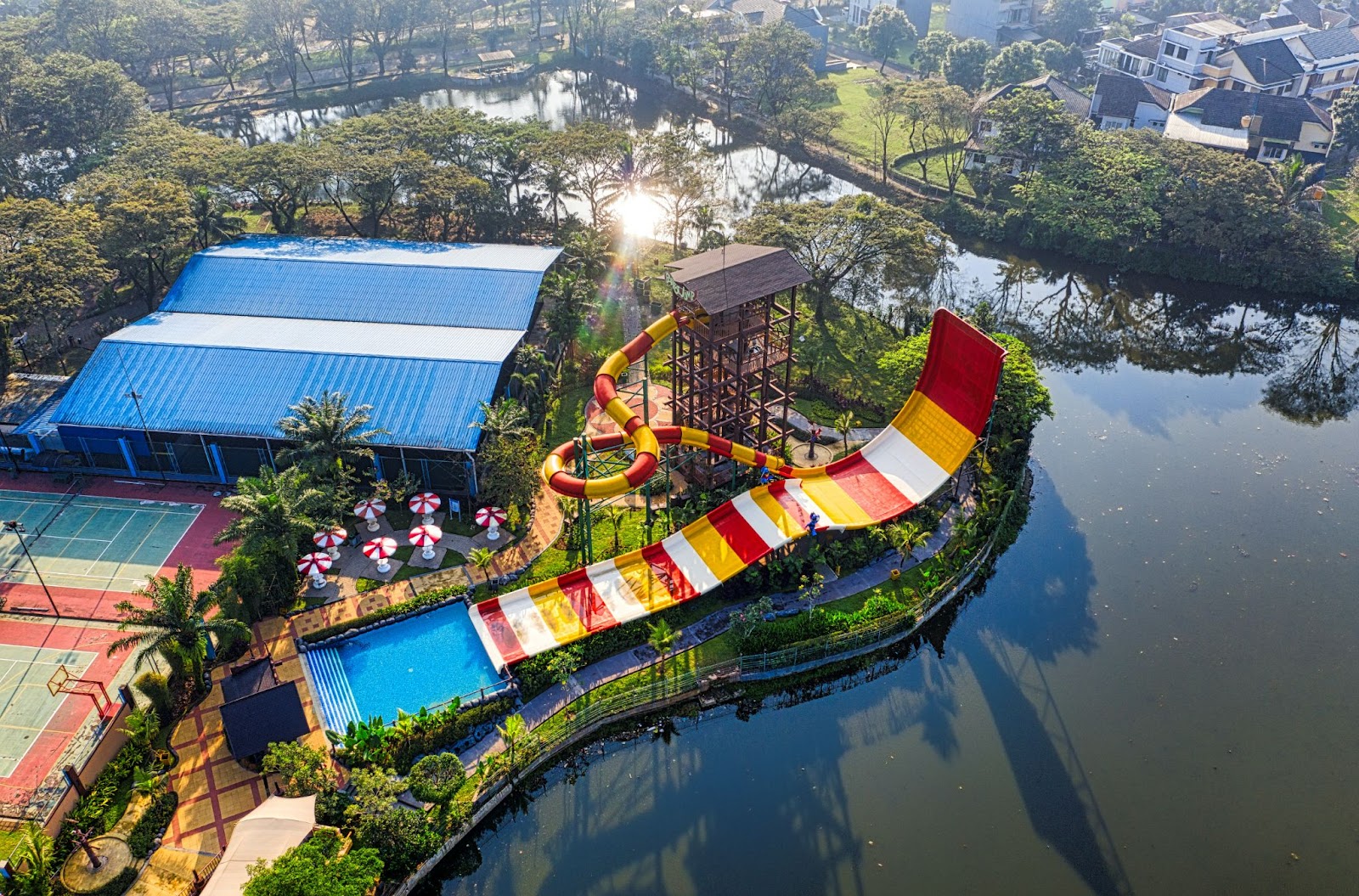Water slides go beyond being features at water parks; they are engineering achievements that demand meticulous upkeep and restoration to ensure safety and longevity. This article delves into the realm of water slide restoration, exploring the engineering processes and innovative techniques that breathe life into these aquatic adventures.
The Importance of Restoring Water Slides
Water slides have brought joy and excitement to people of all ages for decades. However, as these structures age, they require care and attention to maintain their strength. Restoring water slides is not about giving them a makeover; it’s about preserving their history, ensuring guest safety and enhancing the overall visitor experience.
1. Preserving the Legacy of Water Slides
Many water slides hold a place in the hearts of water park enthusiasts. They may evoke childhood memories and stand as iconic landmarks in the industry. Through maintenance and occasional renovations, water slide restoration allows us to safeguard this legacy while cherishing these attractions.
2. Prioritizing Safety above All Else
Safety remains paramount in the water park industry. Over time, wear and tear can affect water slides, posing hazards. By undertaking restoration efforts, engineers can effectively resolve safety concerns, guaranteeing that visitors can fully enjoy the water slides without any apprehension.
3. Improving the Guest Experience
The restoration of water slides enhances their appeal as well as elevates the overall guest experience. Through engineering advancements, slides can become smoother, faster and more exhilarating, thereby ensuring a great time for visitors.
The Process of Water Slide Restoration
Restoring a water slide is a multifaceted endeavor that demands a combination of engineering expertise and innovative problem solving. Here’s a step by step overview of how the restoration process unfolds:
1. Evaluation and Inspection
The restoration procedure commences with an evaluation and inspection of the water slide. Engineers thoroughly examine its structure, materials and safety features to identify areas in need of attention. This comprehensive assessment is crucial for determining the extent of the restoration project.
2. Structural Repairs
Maintaining integrity is paramount when it comes to ensuring water slide safety. Engineers diligently address any issues such as cracks, corrosion or weakened supports. This may involve reinforcing or replacing damaged components to guarantee the slide’s stability.
3. Refinishing the Surface
The surface quality plays a role in enhancing riders experience on a water slide.
Engineers put a lot of effort into making the slide surface as smooth as possible, reducing friction and making the ride faster and more thrilling.
4. Enhanced Safety Measures
During restoration, safety improvements take priority. Engineers may upgrade safety features like handrails, splash guards and emergency shut off systems. These enhancements ensure that riders are well protected throughout their journey.
5. Hydraulic. Water Flow
The hydraulic system is at the core of every water slide. Engineers optimize water flow to ensure an exhilarating ride. This might involve adjusting pumps, nozzles and water channels to create the desired riding experience.
6. Rigorous Testing and Quality Assurance
Before reopening the slide to the public, testing is carried out to ensure that all repairs and enhancements meet safety and performance standards. Engineers conduct inspections, test runs and safety drills to confirm that the slide is ready for use.
Engineering Marvels in Restoring Water Slides
Restoring water slides often involves engineering innovations. Here are some examples of how engineers utilize their expertise to breathe life into these wonders:
1. Utilizing 3D Modeling and Simulation
Modern engineering techniques include employing 3D modeling software and simulation tools. Engineers create replicas of the water slide, enabling them to test various design modifications.
This process plays a role in identifying problems and refining the design before any physical work commences, ultimately saving both time and resources.
2. Advancements in Materials
The field of materials science has made strides that greatly impact water slide restoration. Engineers now have access to weather resistant materials, which not only extend the lifespan of water slides but also reduce the need for frequent maintenance. For instance, the utilization of fiberglass composites provides a balance between strength and flexibility.
3. Environment-Friendly Restoration
Sustainability is a consideration across all industries, including water parks. Engineers are prioritizing eco restoration practices, which may involve using conscious coatings and implementing technologies that conserve water to minimize the park’s environmental footprint.
4. Implementation of Automated Inspection Systems
To ensure safety and maintenance, engineers may integrate automated inspection systems into their designs. These systems employ sensors and cameras to constantly monitor the condition of the slide. If any irregularities are detected, alerts are triggered promptly, allowing for immediate maintenance actions to be taken while minimizing downtime.
5. Incorporation of Technological Enhancements
Modern water slides often incorporate technology to elevate the experience for riders. Engineers can integrate features such as LED lighting, sound effects and augmented reality elements into their designs to create an exhilarating adventure.
In Conclusion
Water slide restoration stands as a testament to the brilliance of engineers who transform aging structures into thrilling attractions that prioritize safety above all else. It combines the preservation of history, prioritizing safety and embracing the advancements in technology.
Looking ahead, we can anticipate incredible engineering accomplishments that will ensure water slides remain a cherished and beloved part of our recreational culture for generations to come.
